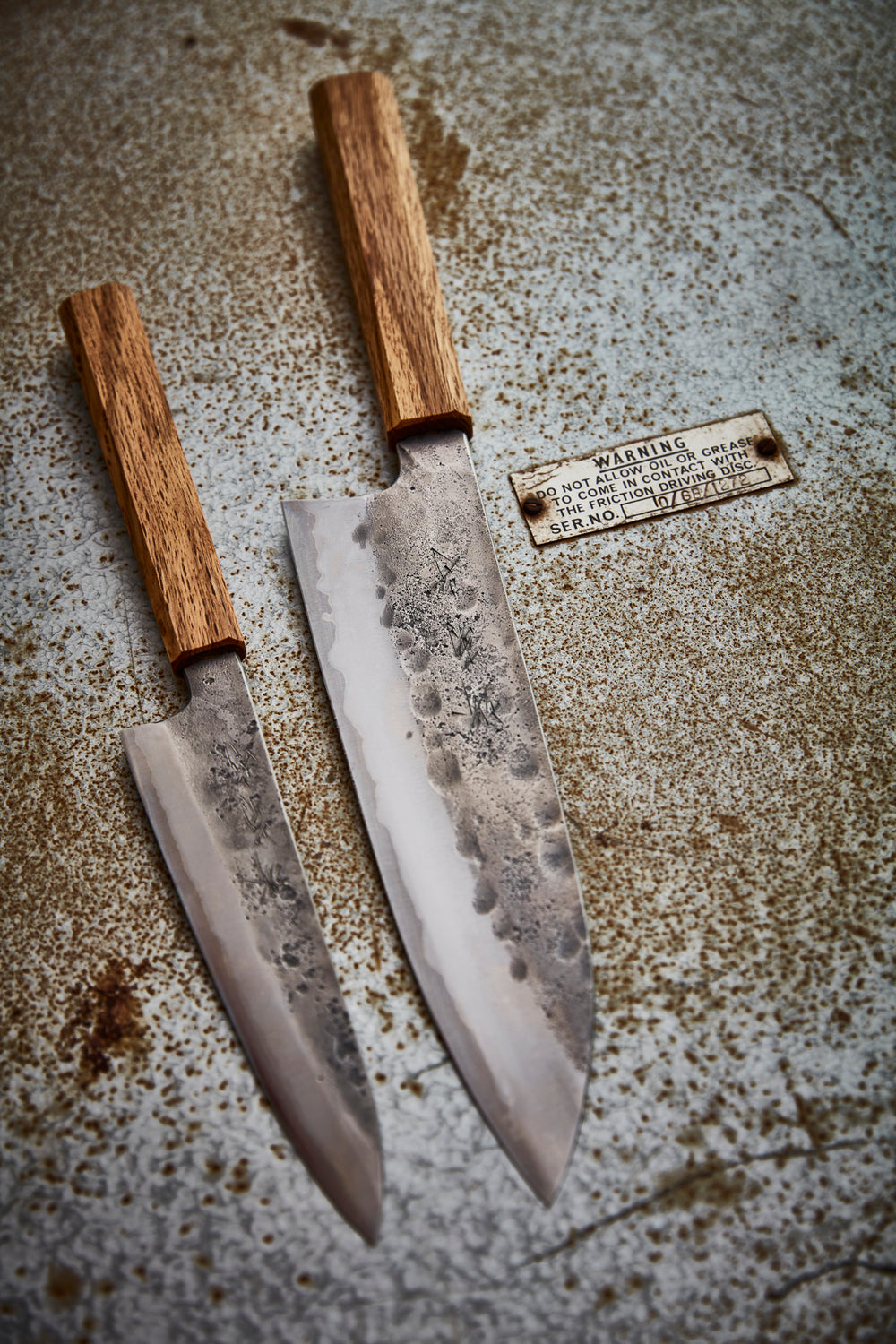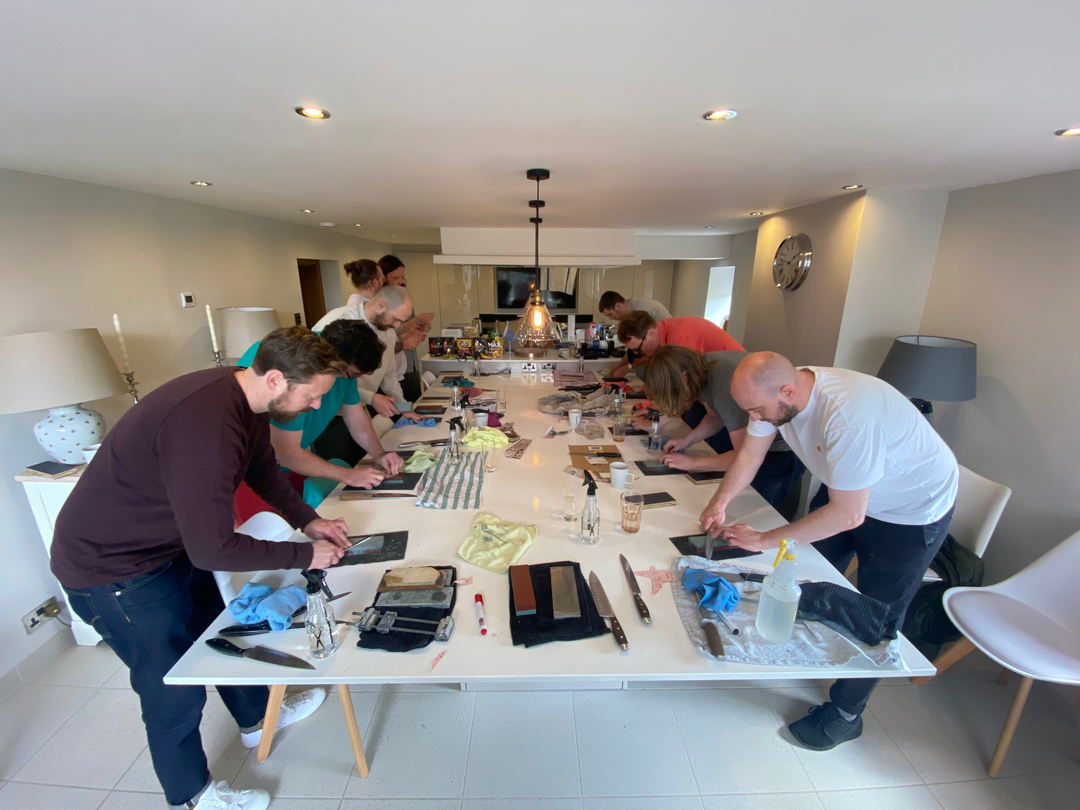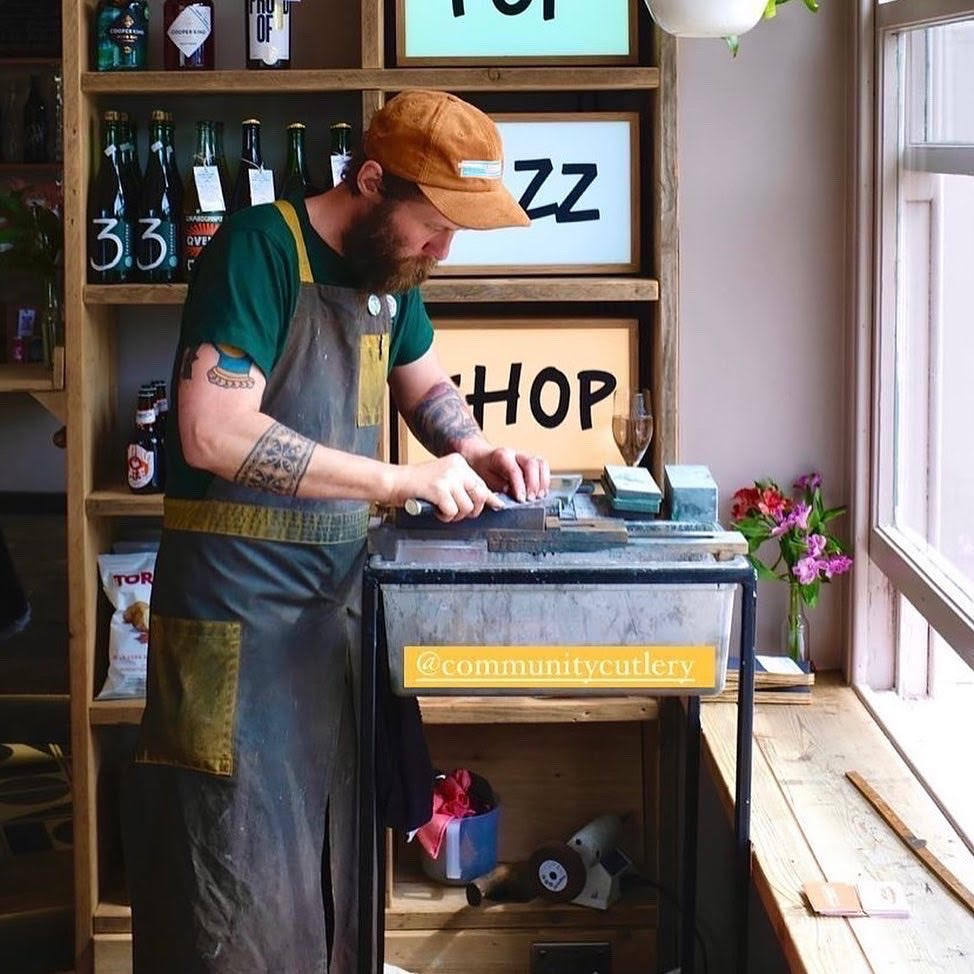What is Damascus Steel?

To answer this questions it's probably easier to tell you what Damascus steel isn't and that's... Damascus steel.
In the original sense Damascus steel, according to our trusted friend Wikipedia "was the forged steel of the blades of swords smithed in the Near East from ingots of Wootz Steel either imported from Southern India or made in production centres in Sri Lanka or Khorasan, Iran. These swords are characterized by distinctive patterns of banding and mottling reminiscent of flowing water, sometimes in a "ladder" or "rose" pattern. Such blades were reputed to be tough, resistant to shattering, and capable of being honed to a sharp, resilient edge."
What we are actually referring to today, when we talk about Damascus steel, is more than likely a Pattern Welded steel.
Pattern welded steel is made by a process of layering and alternating metals with differing compositions to form a billet, this billet is then forge welded (heated in a forge and hammered together to form a unified piece) by a blacksmith before being twisted, folded, rolled or cut and stacked to encourage the formation or a recurring pattern by the mixing up of these layered metals.
Once the billet has been processed and turned into a "Damascus" or pattern welded billet it is then shaped by the maker to form a knife. Once completed this knife will then be dipped or "acid etched" to reveal the differing properties of the alternating layers, resulting in the observer being able to note the recurring light and dark layers in the knife makers chosen pattern.
Whilst there is an argument that the alternating steels can bring different properties to the knife, Pattern Welded steel is predominantly closed for its aesthetic appeal.
Take a look at our current range of Damascus steel knives here




